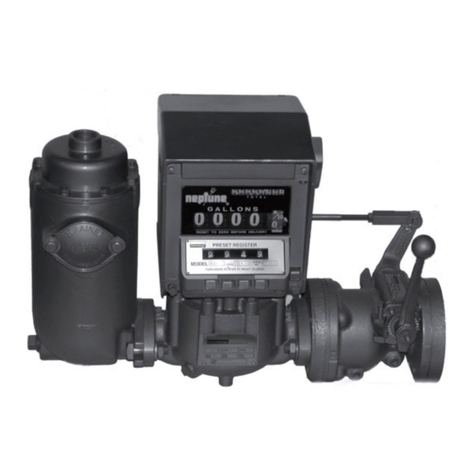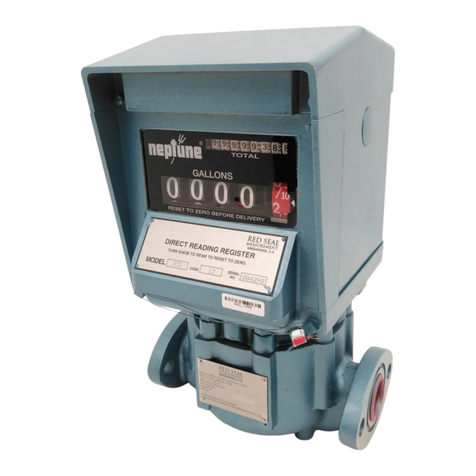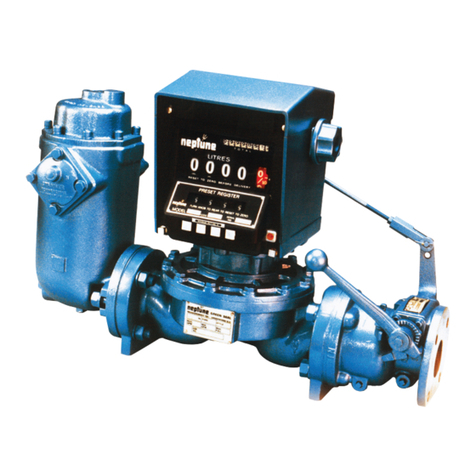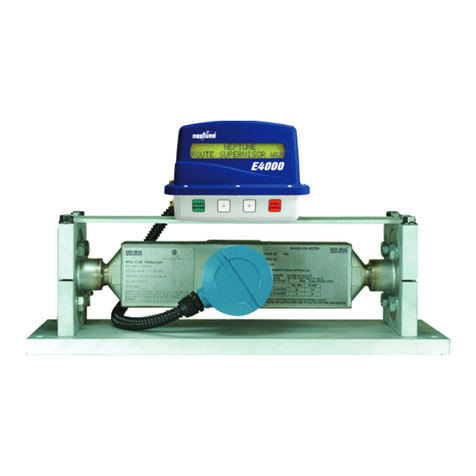
7.6 Ready for Batch Operation (optional) ...............................................................................................34
7.6.1 Running a Batch....................................................................................................................34
7.6.2 Beginning a Batch .................................................................................................................34
7.6.3 Interrupting a Batch ...............................................................................................................34
7.6.4 Restarting a Batch.................................................................................................................34
7.6.5 Terminating a Batch...............................................................................................................34
7.6.6 Starting a New Batch.............................................................................................................35
7.6.7 Totalizer Reset.......................................................................................................................35
7.7 Viewing Other Process Variables (optional LCD required) ............................................................... 35
7.8 Concentration (%, Brix and Baume) .................................................................................................35
7.9 API ..............................................................................................................................................37
7.10 Actual/Standard Volume ................................................................................................................... 38
7.11 Net Oil and Well Testing (Optional)................................................................................................... 39
SECTION 8: TROUBLESHOOTING.........................................................................................................41
8.1 Customer Service .............................................................................................................................41
8.2 General Guidelines ...........................................................................................................................42
8.3 Transmitter Diagnostic Messages.....................................................................................................43
8.4 Power Supply....................................................................................................................................44
8.5 Wiring ..............................................................................................................................................44
8.5.1 Cable Check..........................................................................................................................44
8.5.2 Output Board and Communications Test...............................................................................44
8.6 Transducer Resistances Nominal Value ...........................................................................................45
8.6.1 Transducer Tube Drive Test .................................................................................................. 46
8.6.2 Diagnostic Alarm Matrix.........................................................................................................46
8.7 Slug Flow Inhibit ...............................................................................................................................48
8.8 Transmitter Power Failure.................................................................................................................48
SECTION 9: PROGRAMMING WITH OPTIONAL LCD ...........................................................................49
9.1 General Guidelines & Menu Tree .....................................................................................................49
9.2 Main Menu (Operational Mode) ........................................................................................................53
9.3 Well Testing.......................................................................................................................................55
9.4 Program Mode ..................................................................................................................................57
9.5 Calibration Menu............................................................................................................................... 60
9.5.1 Zero Calibration.....................................................................................................................60
9.5.2 Temperature Calibration ........................................................................................................63
9.5.3 Density Calibration ................................................................................................................64
9.5.4 Mass Calibration....................................................................................................................66
9.5.5 Analog Output Calibration .....................................................................................................68
9.6 Diagnostic Menu ...............................................................................................................................70
9.6.1 Self Test.................................................................................................................................70
9.6.2 Alarm Test..............................................................................................................................71
9.6.3 Batch Relay Test....................................................................................................................72
9.6.4 Analog Test............................................................................................................................73
9.6.5 Pulse Test..............................................................................................................................74
9.6.6 RS485 Communication Test .................................................................................................. 74
9.6.7 Tube Drive Test .....................................................................................................................75
9.6.8 Buttons Test...........................................................................................................................76
9.6.9 LCD Test................................................................................................................................77
9.7 Conguration Menu ..........................................................................................................................83
9.7.1 Batch Setup Conguration ....................................................................................................83
9.7.2 Device Information ................................................................................................................ 85
9.7.3 Alarm Setup Conguration ....................................................................................................87
9.7.4 Display Setup Conguration..................................................................................................88
9.7.5 Transmitter Variables Conguration ......................................................................................89
9.7.6 Analog/Pulse/RS485 Output Conguration ...........................................................................96
ii































